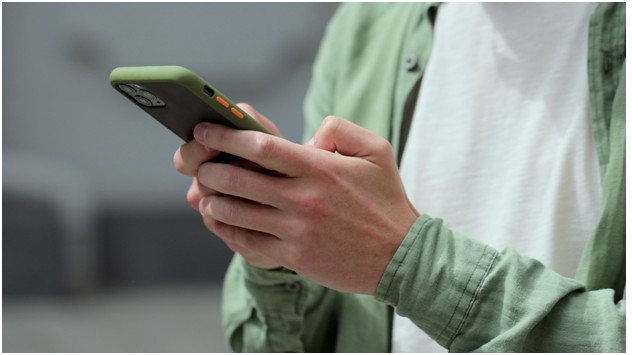
Traditional therapy operates on a structured schedule: weekly appointments, typically lasting 45-50 minutes, with little to no contact between sessions. While this model has served mental health care for decades, it leaves gaps that can interrupt therapeutic progress. What happens when a breakthrough occurs on Wednesday, but your next appointment isn’t until the following Tuesday?
BetterHelp’s messaging feature addresses these gaps by enabling continuous communication between scheduled sessions. This always-available connection represents a fundamental shift in how therapy works, moving from episodic weekly meetings to ongoing therapeutic support that adapts to real-world timing and needs.
How Continuous Communication Works
When users send messages to their BetterHelp therapists, therapists respond when they’re available, typically within their normal working hours. This creates a balance between accessibility and professional boundaries, different from the immediate responses expected in casual text messaging.
The messaging system allows for more thoughtful communication than might be possible during live sessions. Clients can take time to articulate their thoughts clearly, and therapists can provide considered responses without the time pressure of a scheduled appointment. This written format also creates a record that both parties can reference later.
Many users find that writing about their experiences helps them process emotions and situations more effectively. The act of putting thoughts into words for their therapist often provides clarity even before receiving a response.
Real-Time Support for Unscheduled Challenges
Mental health challenges don’t follow appointment schedules. Anxiety might spike during a work presentation, depression symptoms might worsen on a difficult day, or relationship conflicts might need immediate perspective. Traditional therapy requires waiting until the next scheduled session to address these situations professionally.
With BetterHelp’s messaging, users can reach out for guidance when they actually need it. This might involve sending a message before a stressful situation to review coping strategies, sharing how a challenging interaction went, or asking for perspective on a decision they’re facing.
This real-time availability is particularly valuable during periods of significant life changes, work stress, or relationship difficulties when situations evolve rapidly between appointments.
The Documentation Advantage
Unlike spoken conversations during live sessions, messaging creates a permanent record of therapeutic communications. Both clients and therapists can review previous discussions, track progress on specific goals, and reference earlier insights that might be relevant to current situations.
The written record helps identify patterns that might not be obvious during individual sessions. Looking back through messages might reveal recurring themes, trigger situations, or progress indicators that inform future therapeutic work.
Supporting Flexible Session Schedules
Not everyone needs or wants weekly therapy sessions. Some people benefit from biweekly appointments, while others might prefer varied scheduling based on their current needs and circumstances.
BetterHelp’s messaging feature supports these varied approaches by maintaining therapeutic connection regardless of live session frequency. For users who schedule sessions less frequently, messaging helps bridge longer gaps between appointments, making less frequent scheduling more viable for people with busy schedules or budget considerations.
Professional Boundaries in Digital Communication
While messaging provides greater accessibility, BetterHelp maintains professional boundaries that distinguish therapeutic communication from casual conversation. The asynchronous nature of messaging allows therapists to provide thoughtful, clinically informed responses rather than immediate reactions.
Therapists use messaging strategically to reinforce concepts from live sessions, suggest specific exercises or techniques, or help clients prepare for upcoming challenges. This targeted use maximizes therapeutic value while maintaining professional standards.
High User Engagement
BetterHelp’s data shows that 69% of users actively engage with additional support features, including messaging, between their scheduled sessions. This high engagement rate suggests that users find significant value in having continuous access to their therapists rather than limiting communication to scheduled appointments.
The messaging feature appears to contribute to overall satisfaction with the therapeutic experience, with live sessions receiving an average rating of 4.9 out of 5 stars based on more than 1.7 million client ratings.
Adapting Therapy to Modern Communication
The messaging feature reflects how mental health care can adapt to modern communication preferences. Many people are comfortable expressing themselves through written communication and appreciate the flexibility to reach out for support when they need it rather than waiting for scheduled appointments.
This adaptation makes therapy more accessible for people who might struggle with traditional scheduling constraints. Someone with an unpredictable work schedule, parents managing childcare responsibilities, or individuals dealing with social anxiety can all benefit from the flexibility that messaging provides.
BetterHelp’s messaging represents a significant evolution in therapeutic relationships by addressing one of the major limitations of traditional therapy: the gap between sessions when people manage their mental health independently. This continuous support model suggests that effective therapy can be woven into daily life, providing guidance when situations actually arise rather than requiring people to reconstruct experiences during later appointments.

